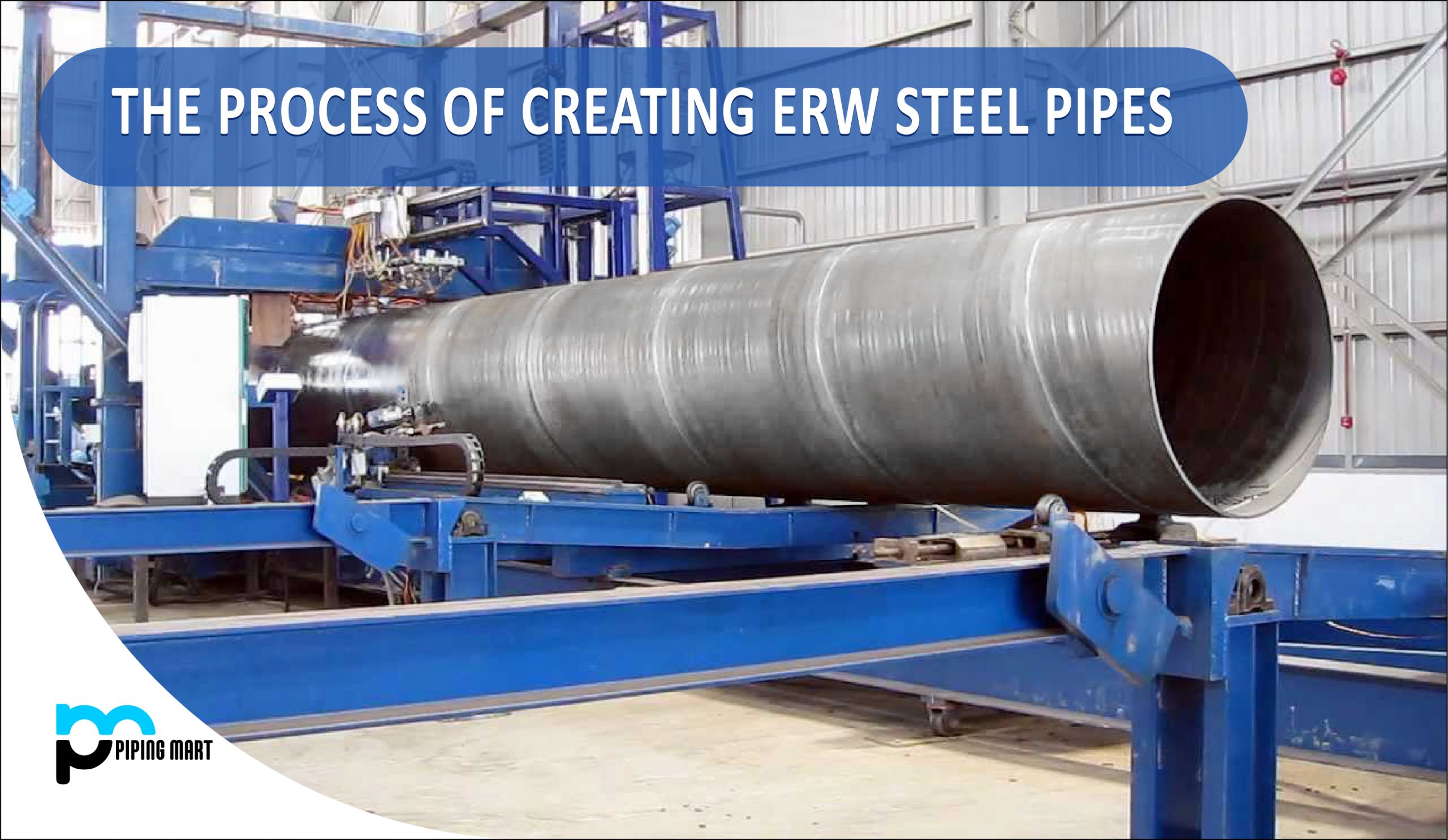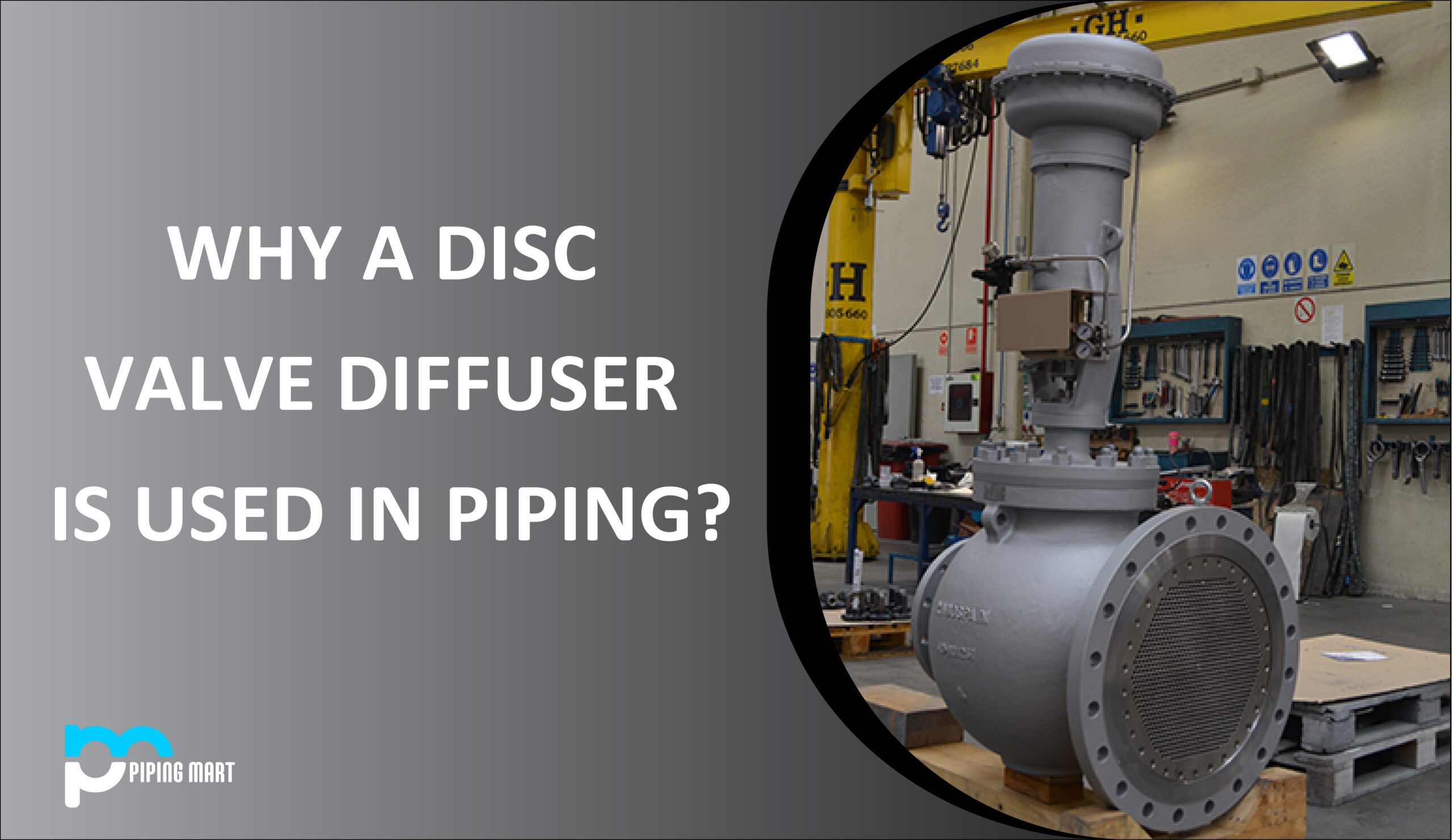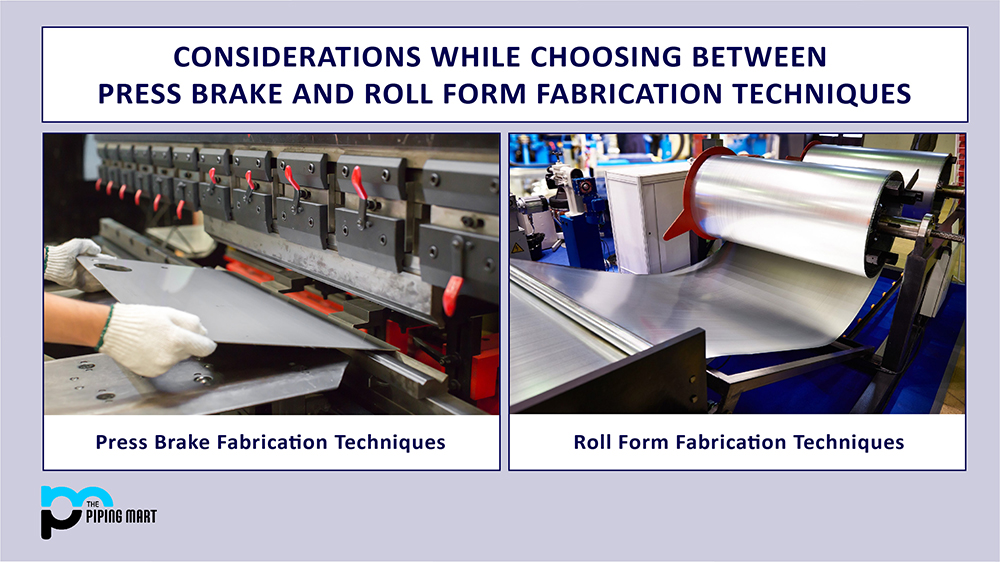- Cold-forming
- Passage of current
- Forming
- Welding
- Sizing and cutting
Pipes are one of the most widely utilized construction materials. They must be robust to endure various environmental conditions that may result in a significant fluctuation in pressure or temperature. As a result, there are several production techniques available to obtain industrial-grade pipes. One of these methods is the manufacturing of ERW steel pipes. ERW pipes offer exceptional strength and durability for fluid transmission and other structural applications, doubling down on the numerous qualities of steel.
What is ERW?
ERW is an abbreviation for Electric Resistance Welding, and it is used to specify a specific technique in pipe manufacturing. Two uncoiled rolls of steel sheets are joined together without the use of a welding filler wire or metal in this technique. Instead, the sheets are welded using an electrical current and a continuously applied force. Unlike other types of pipe fabrication, ERW pipe fabrication does not begin with a billet that is rolled before being refined by a piercer point. Continue reading to find out more.
Cold-forming
Cold-forming is the process of working or forging a metal specimen at room temperature — in this example, steel. This implies that the forging takes place below the recrystallization temperature of the steel, which aids in the removal of impurities from the material. When this happens, the grain structure of steel changes to become finer and less coarse, resulting in a hardened material with very little waste in the machining process.
This is one of the most important steps in the manufacturing of ERW pipes. A sheet of steel is cold-rolled or molded into a cylindrical shape. Cold-forming is significantly faster and more appropriate for high-speed manufacturing since it does not require any additional heat-processing techniques. Before the welding stage, the permanent hardening of the cold-forming process results in a substantially stronger steel specimen.
Passage of current
ERW pipe formation is a continuous process that takes place on continually moving equipment. Despite this, the many stages that constitute it may still be identified and described. There is an electrical current flow between the resulting edges of the cylindrical steel after the cold-forming process. To retain the cylindrical shape, they are progressively brought together with the current with the assistance of an induction coil and a smooth pressure roll.
The use of an induction coil results in a non-contact heating technique for the material. It is normally placed around the steel specimen that is being inducted. An impeder is also added to the ERW machining process to regulate the quantity of electrical current spread throughout the material. This implies that the energy is redirected toward welding the steel joints.
Forming
Another step that is involved in ERW fabrication is forming. As previously stated, the steel coils that pass through the ERW-making machine create cylindrical-shaped sheets that must be welded using electrical current. To demonstrate this, the sheets first seem to be U-shaped, with multiple open welded seams, or edges, as they’re known.
The machine guarantees that the resulting U-shaped steel remains in its formation throughout the process to avoid faults and imperfections in the production of the ERW pipe. The steel sheet is initially rolled before being subjected to gage forming, resulting in a uniformed U-shaped cross-section.
Welding
If you’ve ever seen seamless and non-seamless pipes, it’s clear to see where the production processes begin to change when compared to ERW pipes. Seamless pipes may seem identical to ERW pipes in appearance, although the non-seamless pipes use a non-contact electrical current. Because seamless pipes are not welded, they have a continuous smooth surface with no apparent edges or joints. Seamed pipes, on the other hand, may require a welding filler, which is not found in the ERW welding process.
Pipe makers generally ensure that the welded pipes they create may be used for a variety of applications, such as HVAC systems or petrochemical facilities. Despite strict quality control, incidences of uneven welding pressure might occur in seamed pipes. Some issues that may arise include pipe leakage or damage, which is significantly less likely with ERW pipes because of their consistent pressure and strength distribution.
Sizing and Cutting
After welding the U-shaped joints together, the ERW pipe can now be subjected to post-processing procedures to improve the material’s characteristics and use.
Depending on the use, it is sized and cut to particular specifications. With this in mind, ERW pipes may be cut into a broad range of pipe sizes and lengths, with differences in thickness, diameter, and length. It may also be able to shape the pipe ends further with an end-facing machine to accept different fittings.

Pipingmart is B2B portal specializes in industrial, metal and piping products. Also, share latest information and news related to products, materials and different types grades to help business dealing in this industry.




